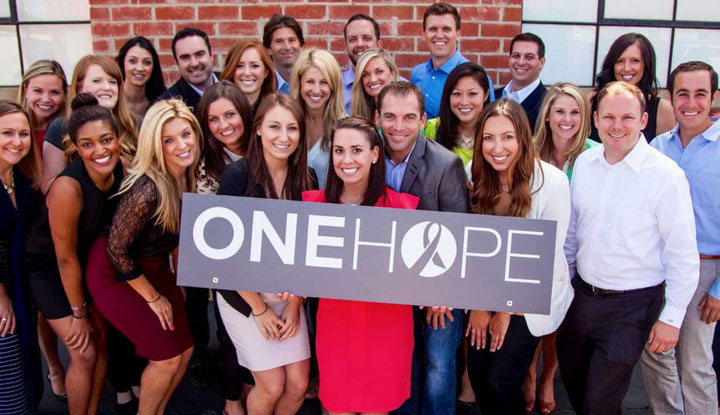An astounding 94 percent of consumers are likely to switch brands, about equal in price and quality, to one that supports a cause. (Cone Communications) Social impact is becoming more relevant in today’s business world. The business of impact is the business of the future.
Like many social entrepreneurs leading the way in this space, it is important we encourage all businesses to build a higher purpose into their model. This equips companies to be the most effective organizations in the world and positively impact humanity in a major way.
I coined the phrase “Cause-Centric Commerce” — which explains and educates others on best practices in the growing trend to build social impact into a business model year-round — and here’s a glimpse on how to get started:
-
Find nonprofit partners.
While it can be tempting to choose a nonprofit that the founder is personally passionate about, it is extremely important to find a nonprofit partner that complements your product and that fits your company’s mission. This will make it much easier to get support from your team, customers and business partners.
For example, SoapBox recently branched out from bar soaps by adding liquid hand soap to their product line. It made sense, then, for them to pair that product with Raincatcher — an organization that provides clean drinking water — as a partner with their liquid soap.
Just as liquid hand soap is an extension of bar soap, clean water for washing hands is an extension of providing soap for those who do not otherwise have access. Every bottle of SoapBox’s liquid hand soap provides a month of clean drinking water for a person in need, thus establishing a connection between the consumer, the product they are buying and the cause they are supporting.
-
Look for credible impact partners.
Much like a business, it takes time for a nonprofit or a foundation to get off the ground and become successful. So, it is important to find impact partners that have been around for at least two or three years. Ninety percent of nonprofits fail within the first three years, and those that make it are more likely to have established traction and have reached critical mass to where the dollars given are going to be used in an effective and efficient way.
-
Relay quantifiable and transparent metrics.
This is particularly important if you are in the consumer or retail space, as you want to make sure you are relaying quantifiable and transparent metrics when it comes to impact. By doing this, consumers know exactly where their money is going, how many trees they’ve planted or how many people received clean drinking water for each transaction.
The ONEHOPE Foundation exclusively works with nonprofits that quantify their impact and pairs them with for-profit companies in long-term partnerships. The result is incredibly engaged customers who can tell the story of the brand that gives back and has a substantial quantified impact.
-
Make giving back happen year-round.
Making an impact is no longer something you just do during the holidays or for a one-off marketing campaign; it is something you make part of your company’s everyday business plan. It can and should be done year-round as a sign of commitment to giving back.
Consumers can see through an inauthentic connection to a cause, and prefer to feel an attachment from the company to the cause — established through year-round giving. Just like in your personal life, commitment to a cause you are passionate about doesn’t end just because a campaign does. It gets deeper and becomes more meaningful, allowing you to make an even greater impact.
-
Don’t reinvent the wheel.
If your company already has limited time and resources to put into social impact, don’t put more on your plate by launching your own foundation or public charity. Instead, partner with an already existing organization that does a good job and makes sense for your company.
When you are first starting off, it is always good to plan conservatively for the public and aim to over-deliver internally. As you gain more traction and understanding of what impact the Cause-Centric Model makes on your business, you can get more aggressive and more accurate with your impact numbers over time.
This article has been edited and condensed.
Jake Kloberdanz is CEO and Co-Founder of ONEHOPE, a for-profit social enterprise that donates half of its profits to partner nonprofits. He has been recognized by Businessweek as one of the “Top 25 under 25,” by OC Metro as a “Top 40 Under 40” and was the youngest nominee for Entrepreneur of the Year by Ernst & Young in 2009. This article was co-authored by Melissa Lake, Executive Director of the ONEHOPE Foundation. A version of this post originally appeared on ONEHOPE’s blog here. Connect with @onehopewine on Twitter.
© YFS Magazine. All Rights Reserved. Copying prohibited. All material is protected by U.S. and international copyright laws. Unauthorized reproduction or distribution of this material is prohibited. Sharing of this material under Attribution-NonCommercial-NoDerivatives 4.0 International terms, listed here, is permitted.




